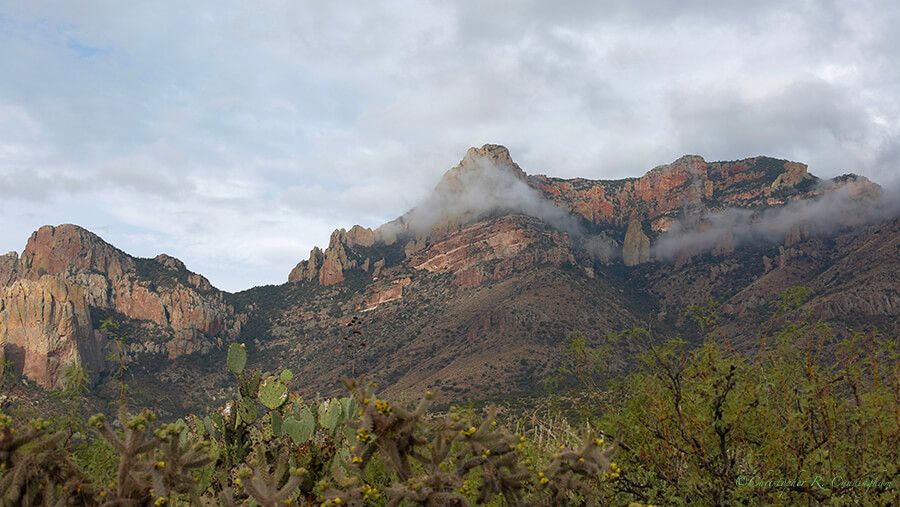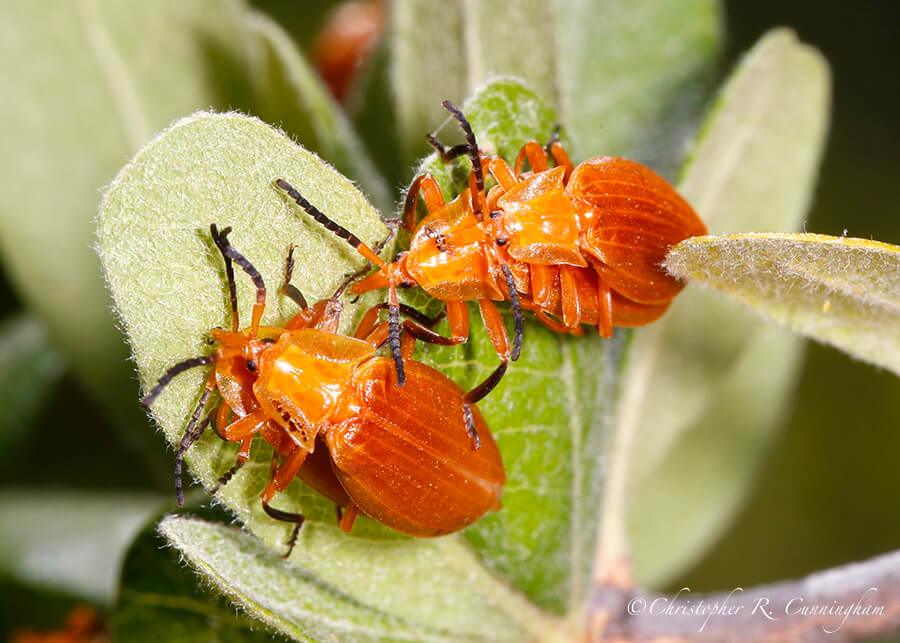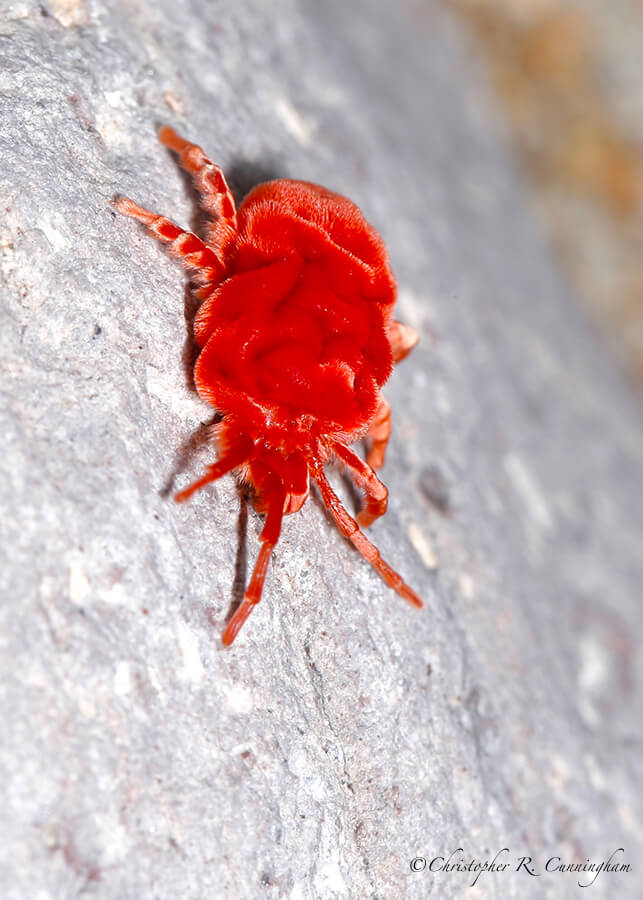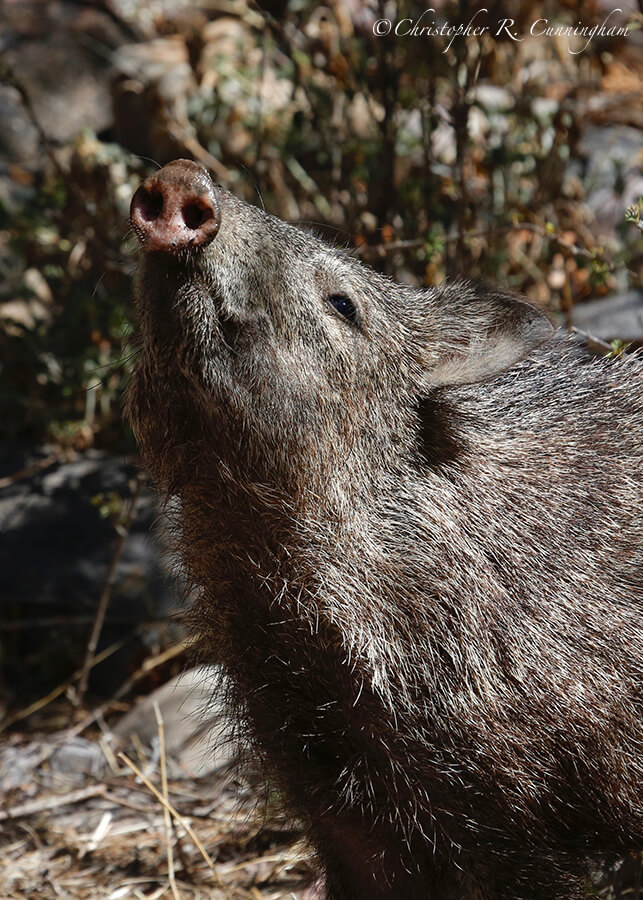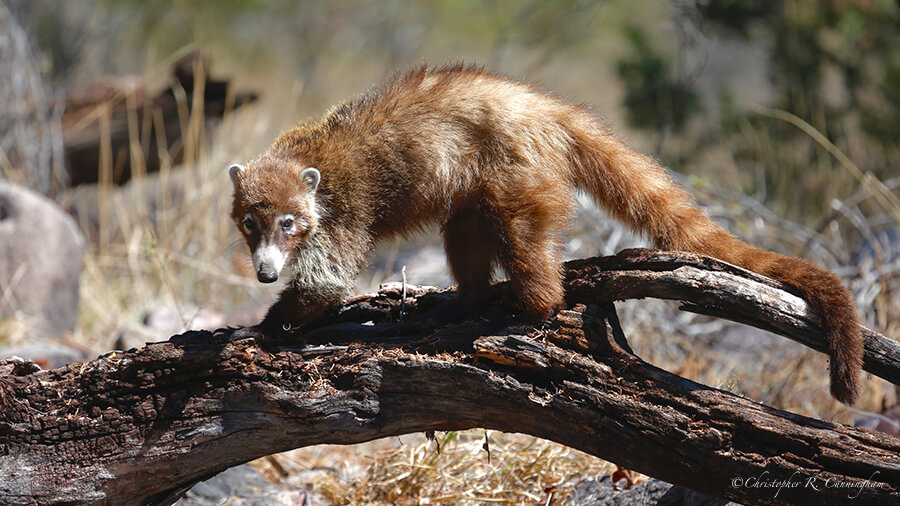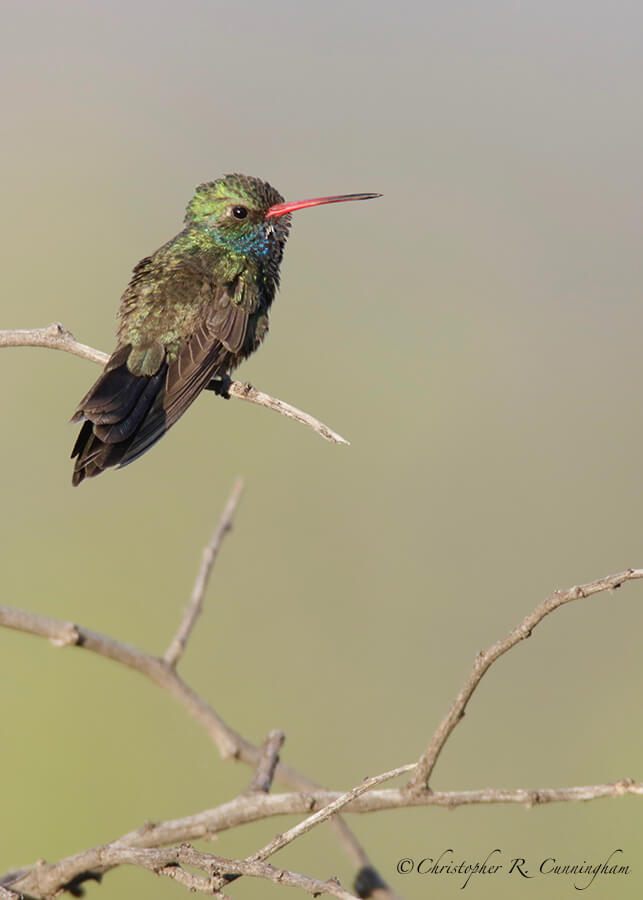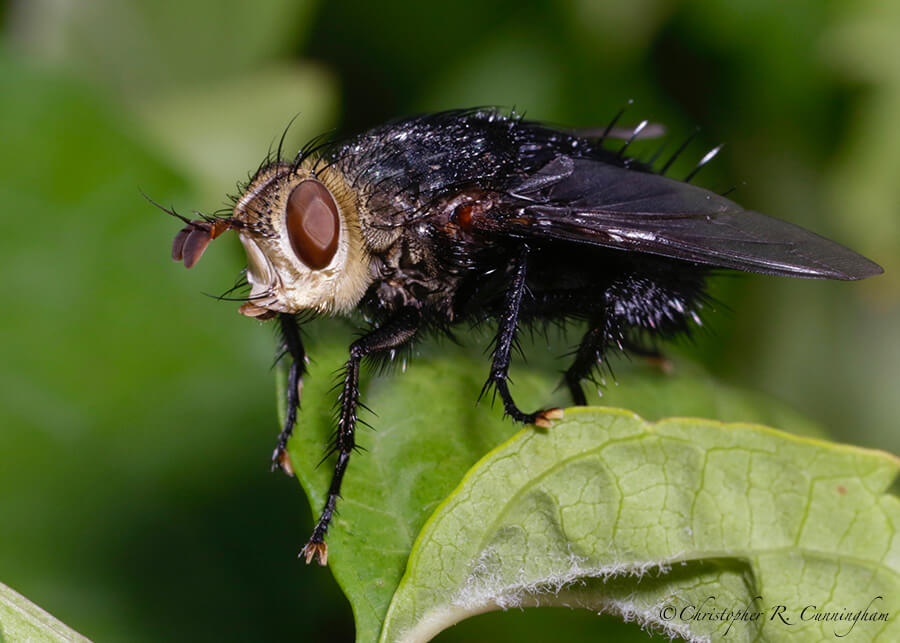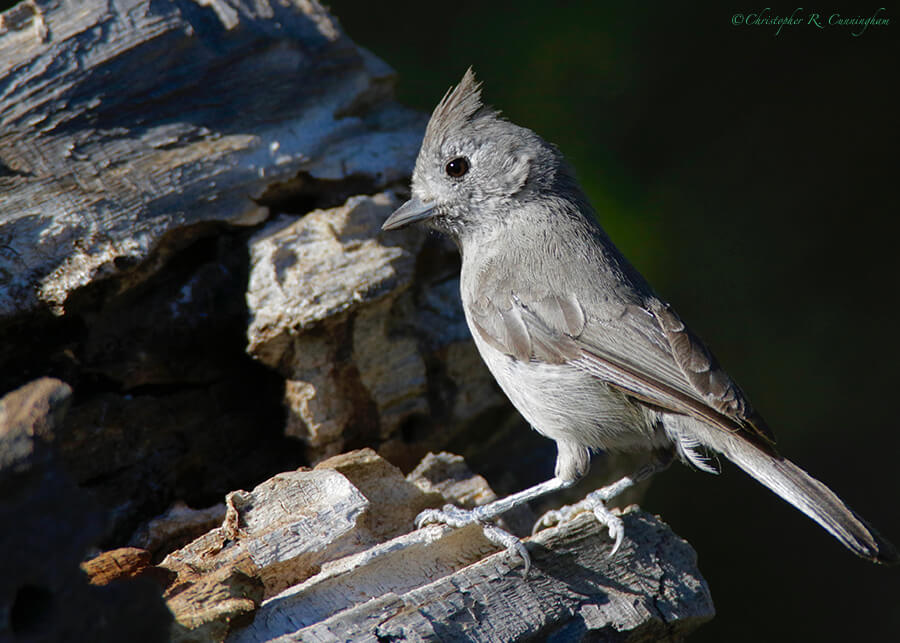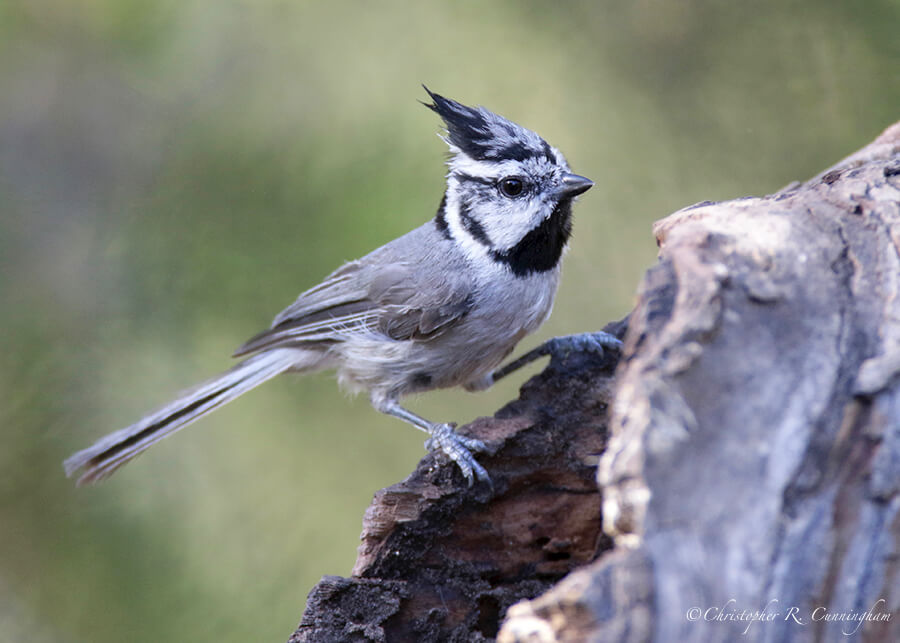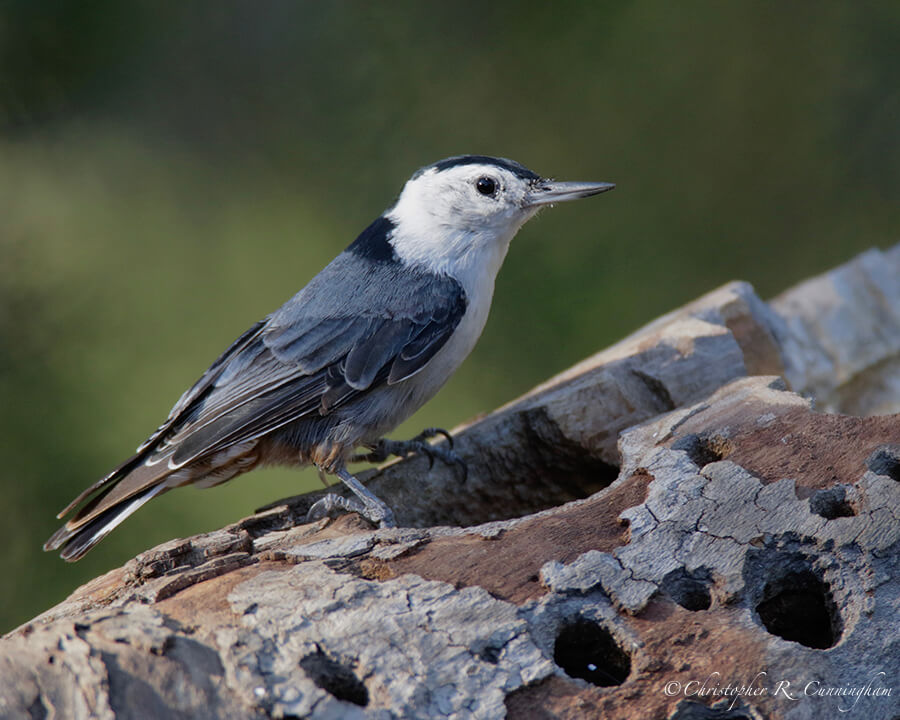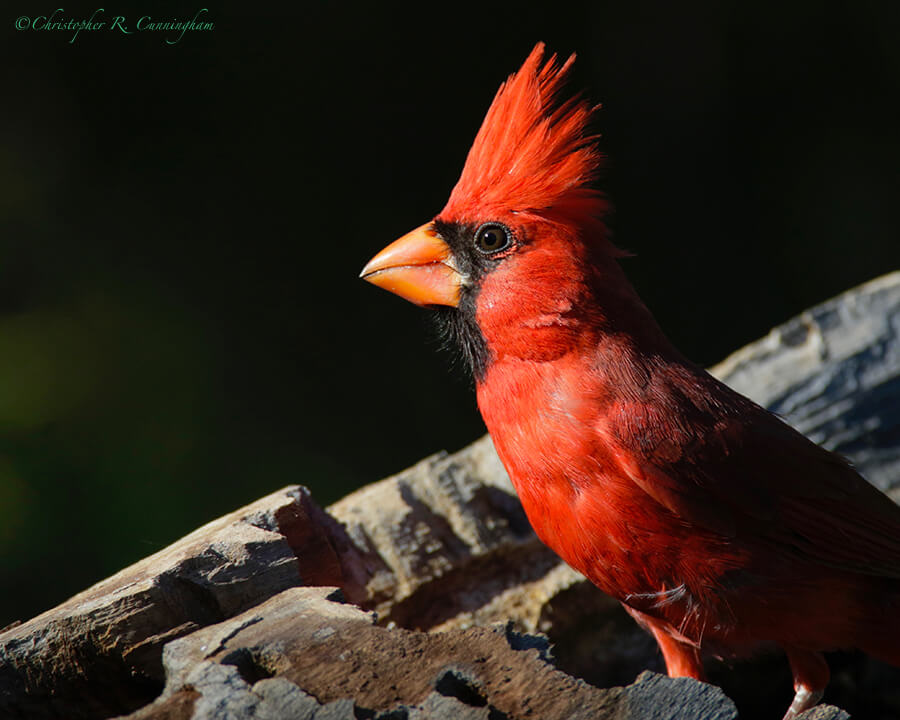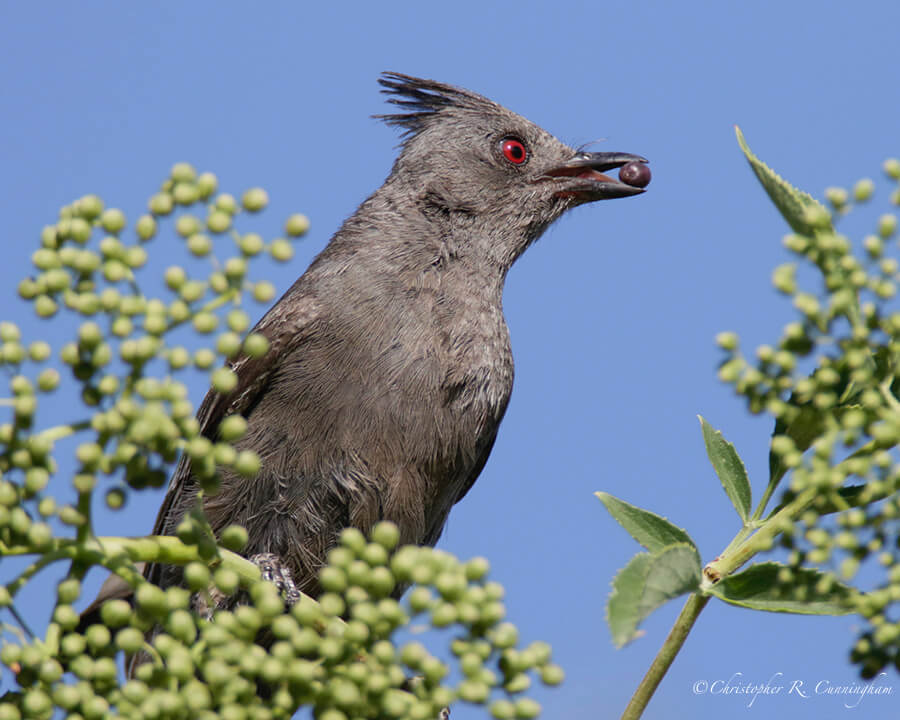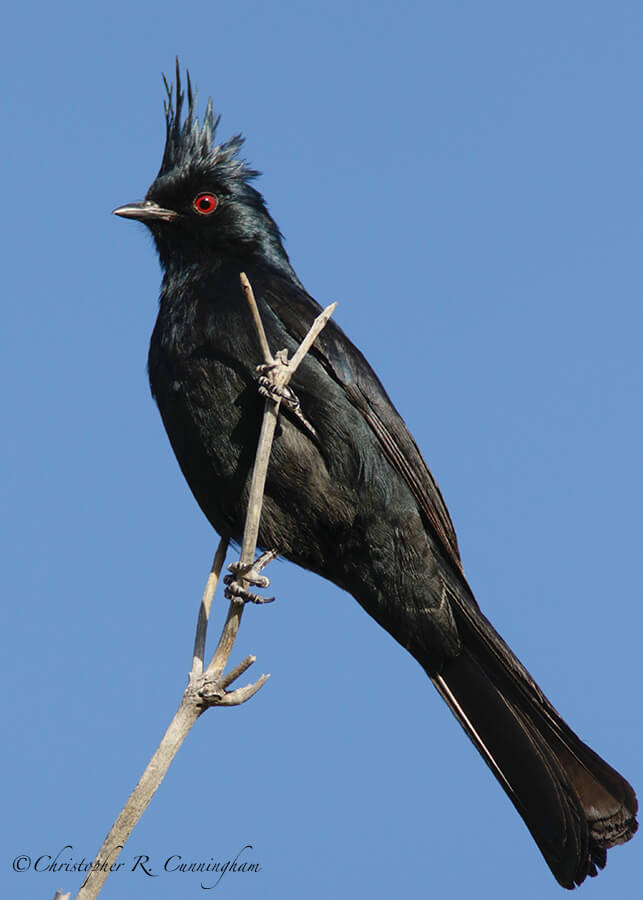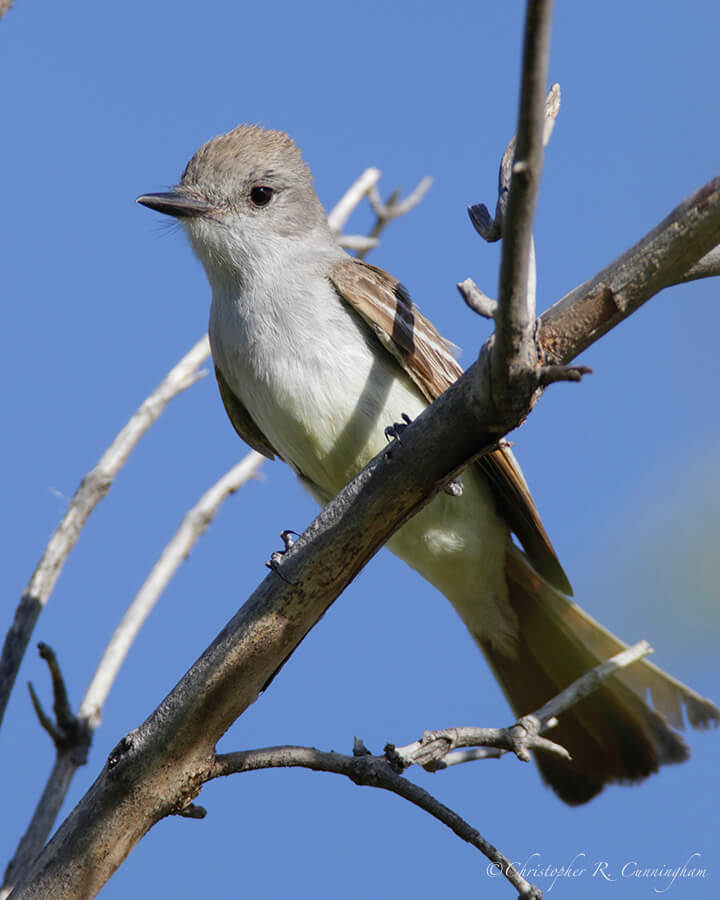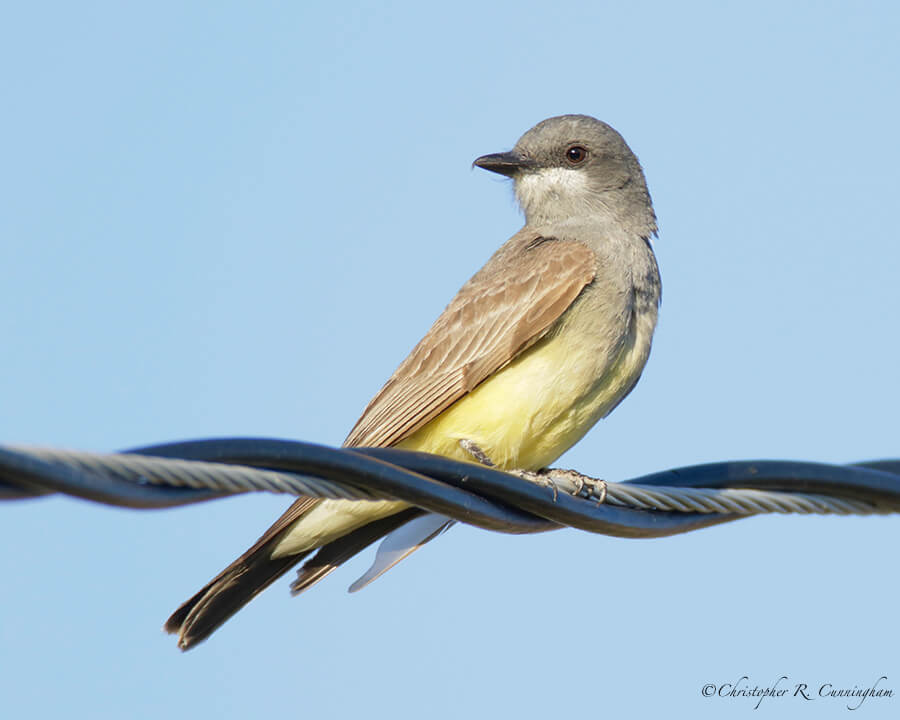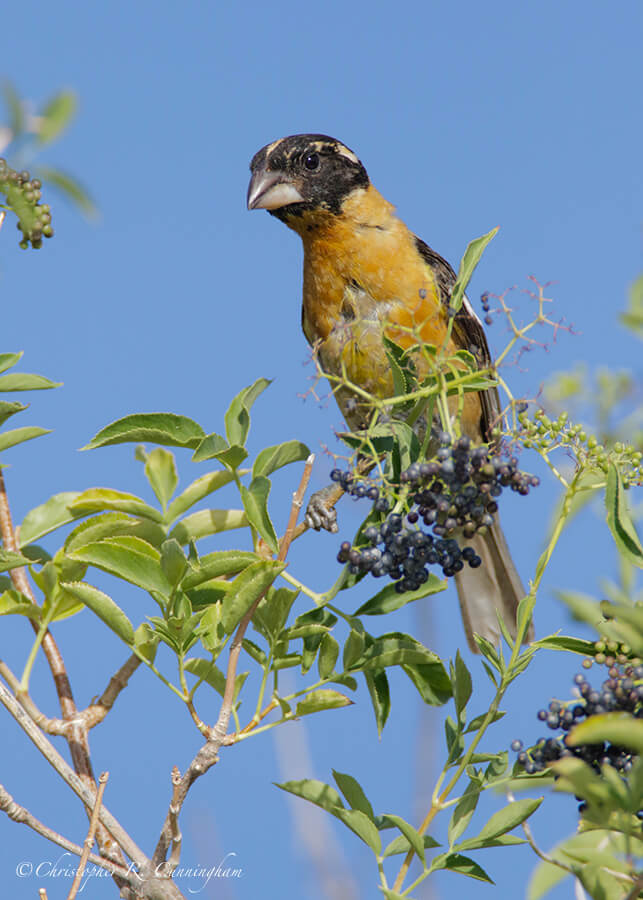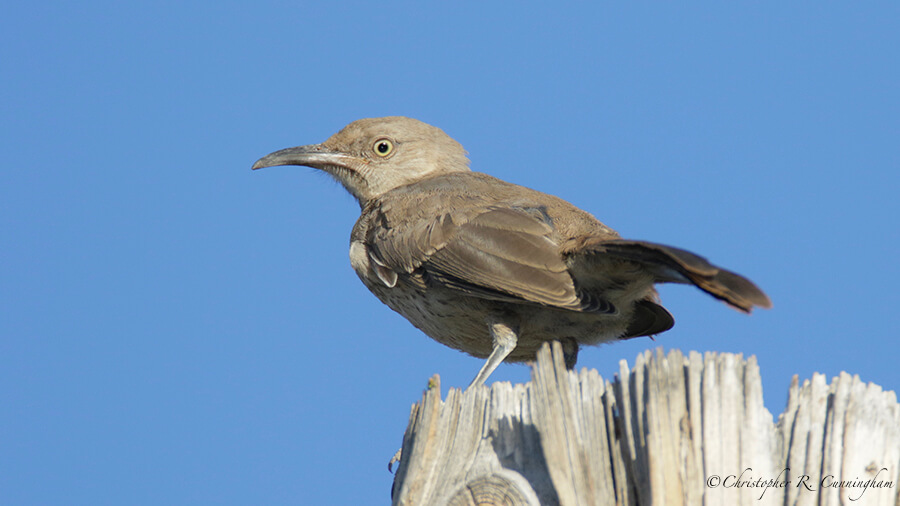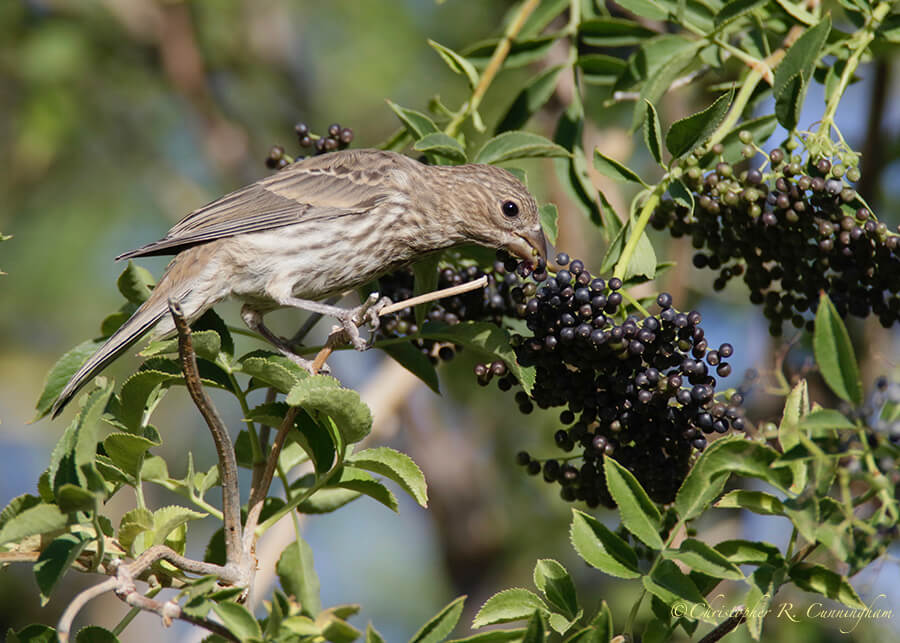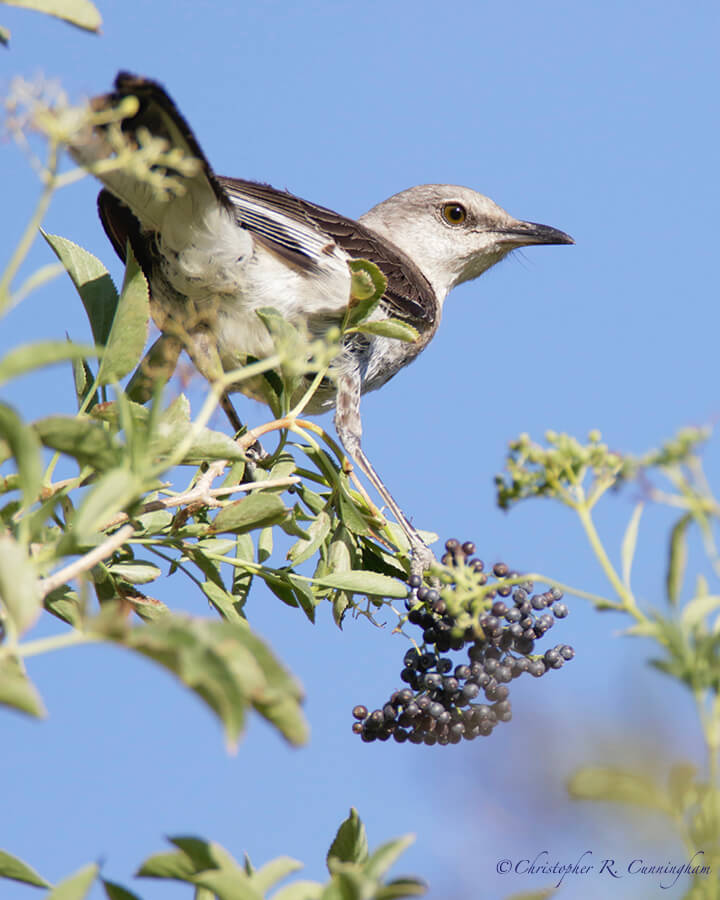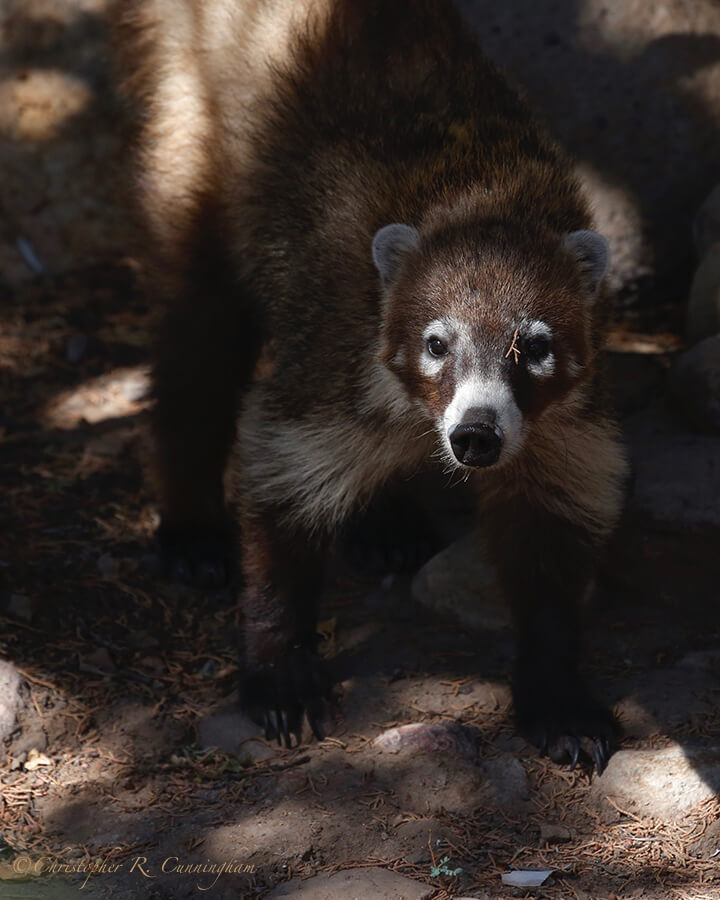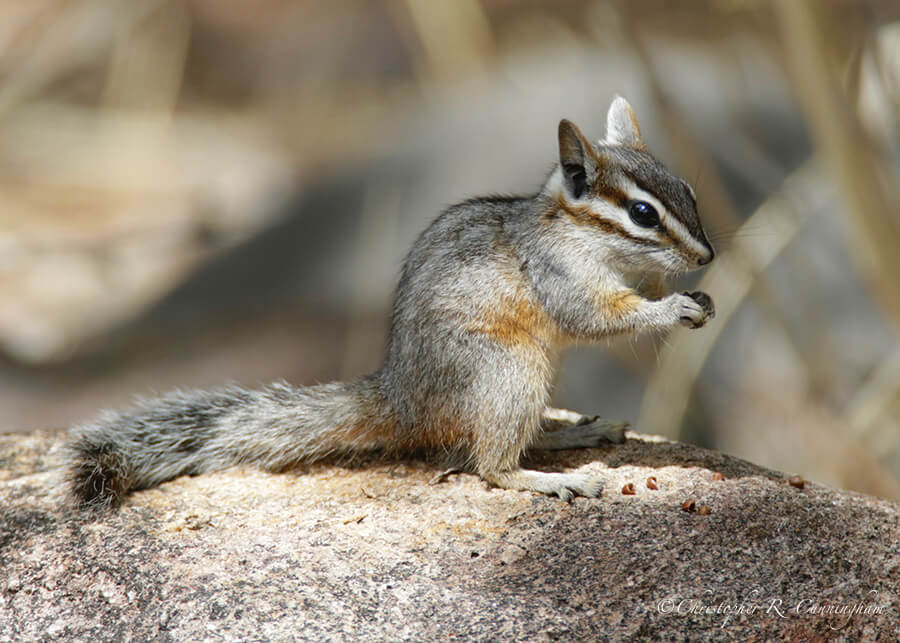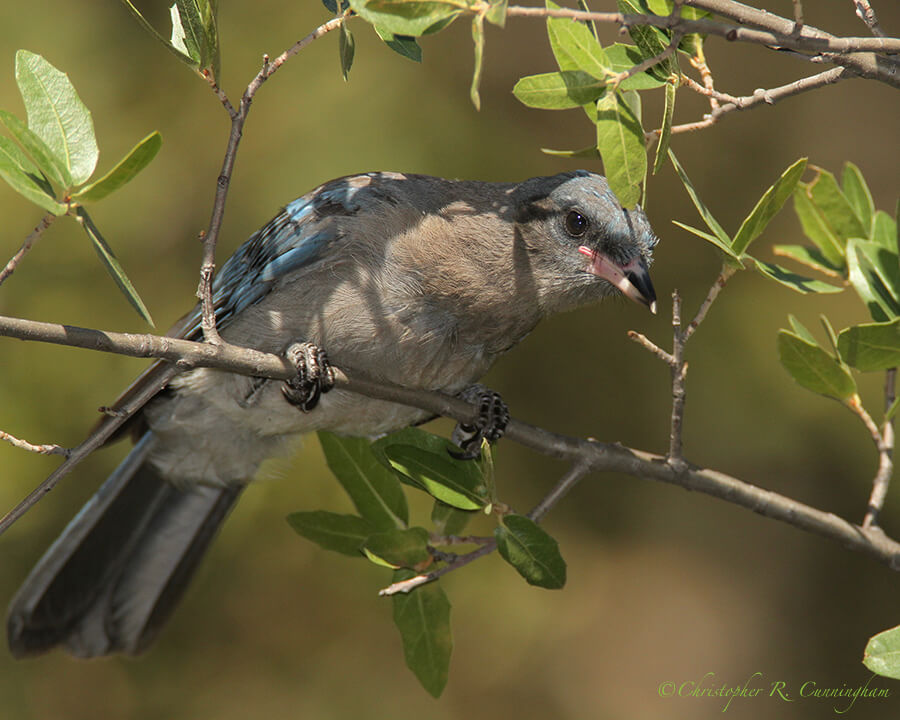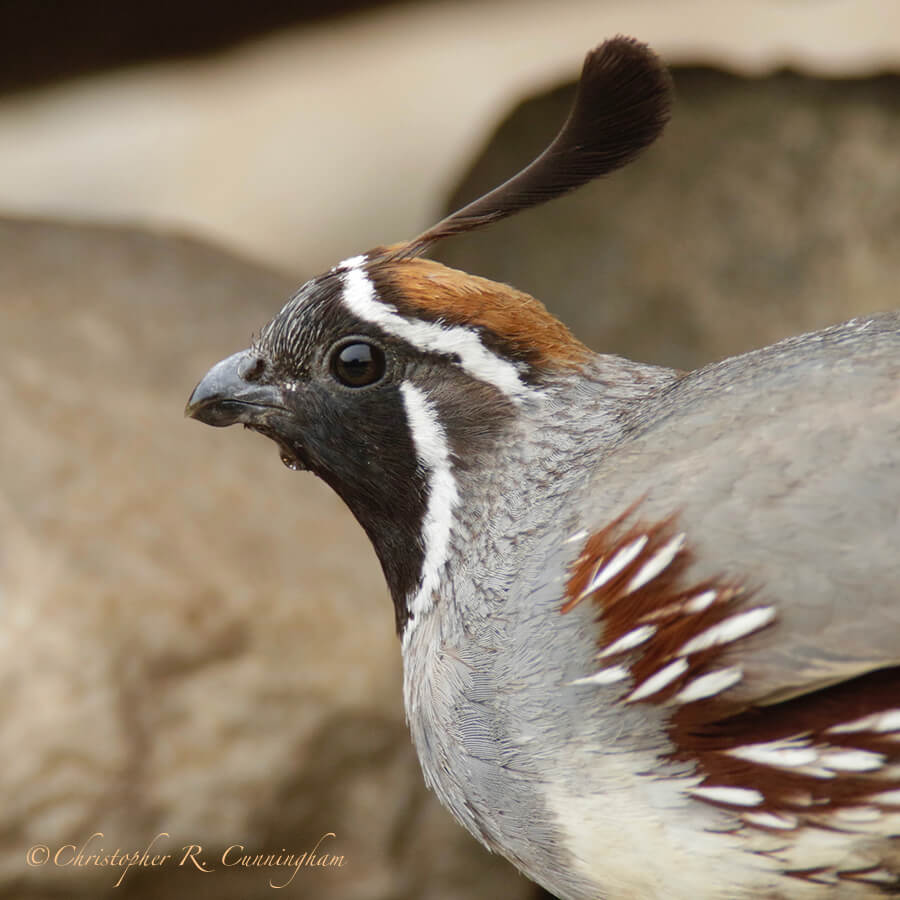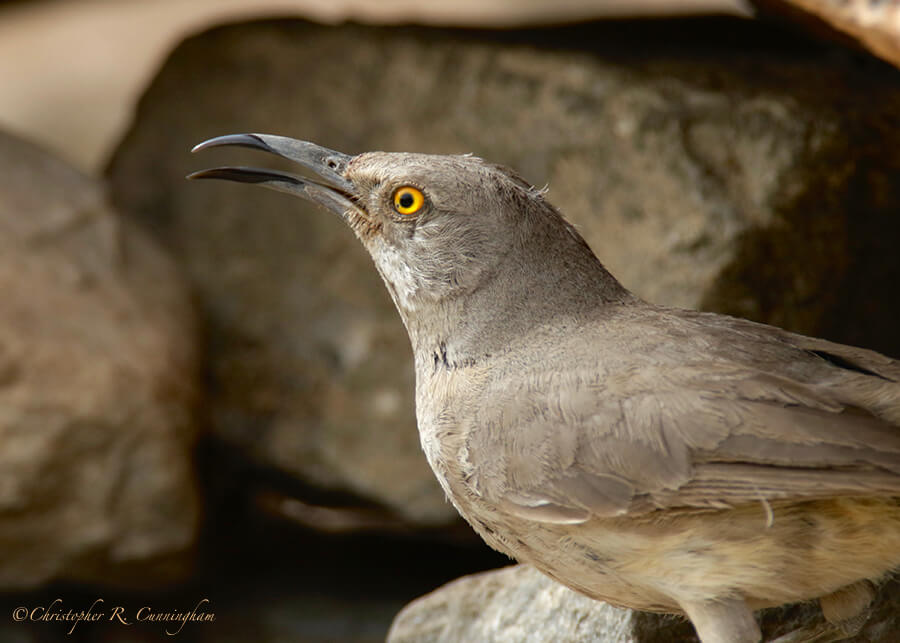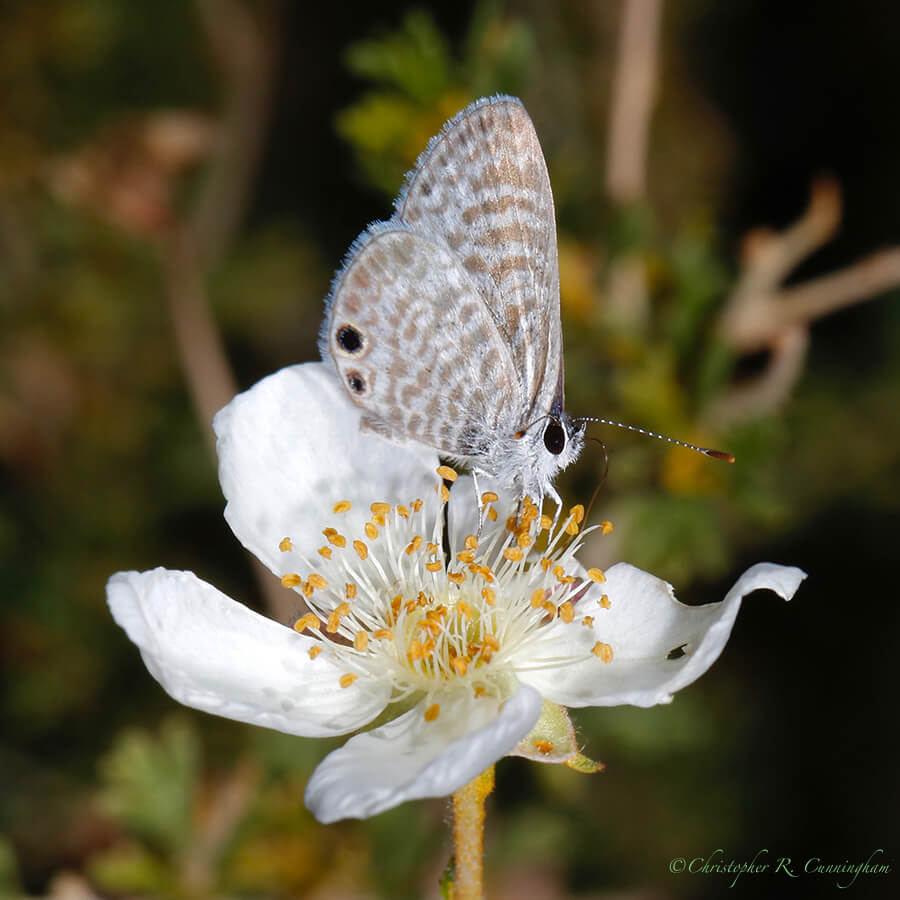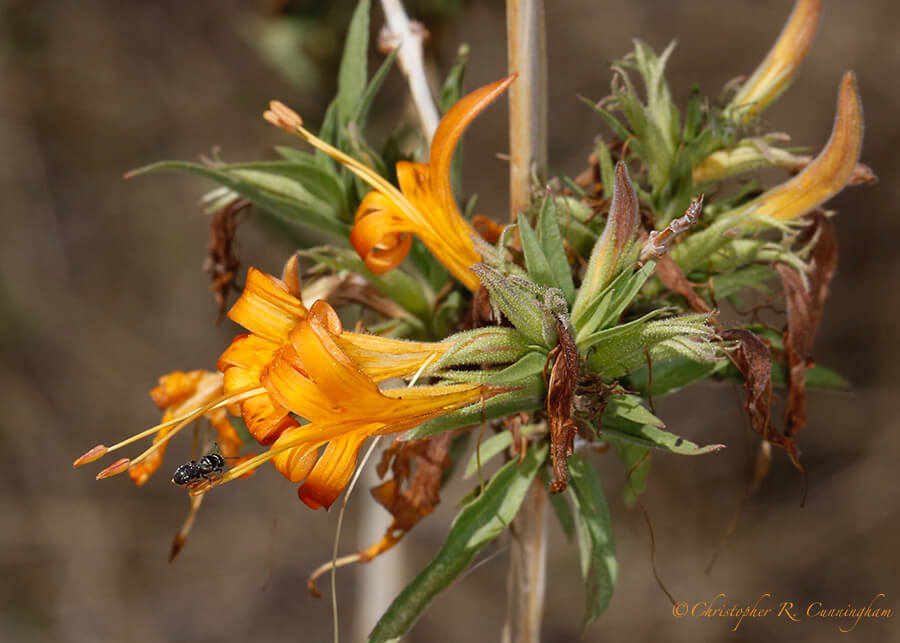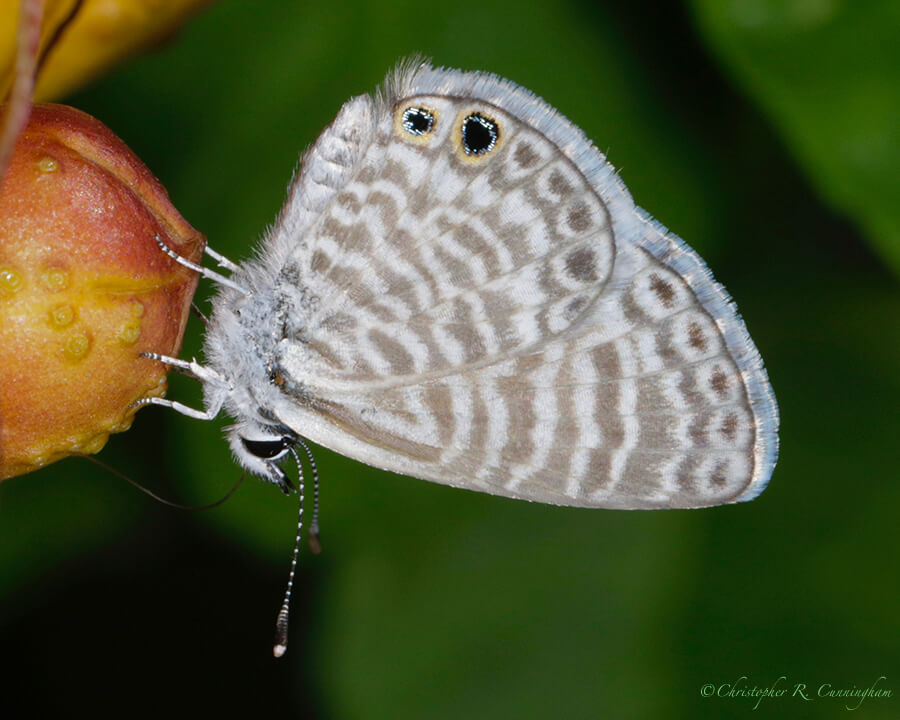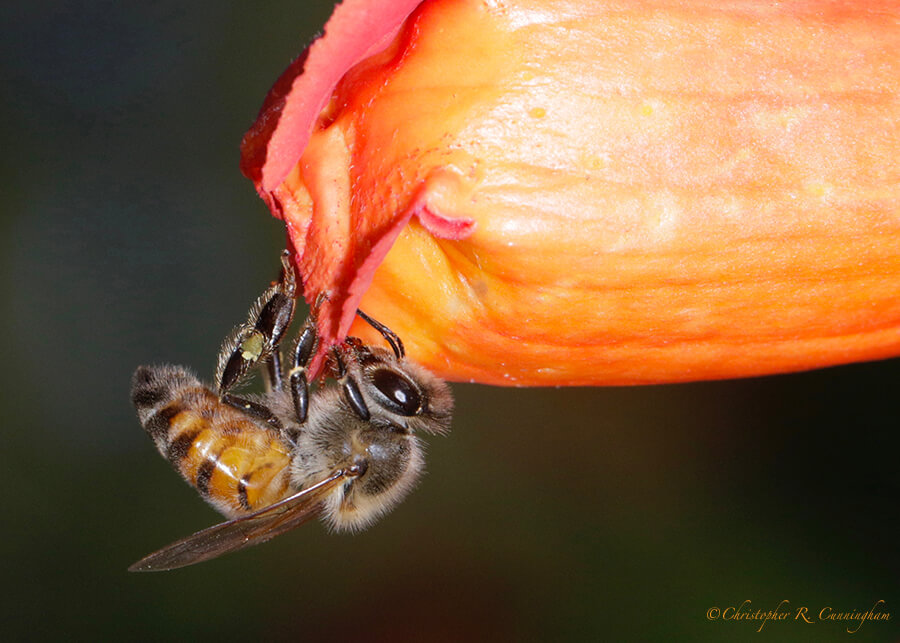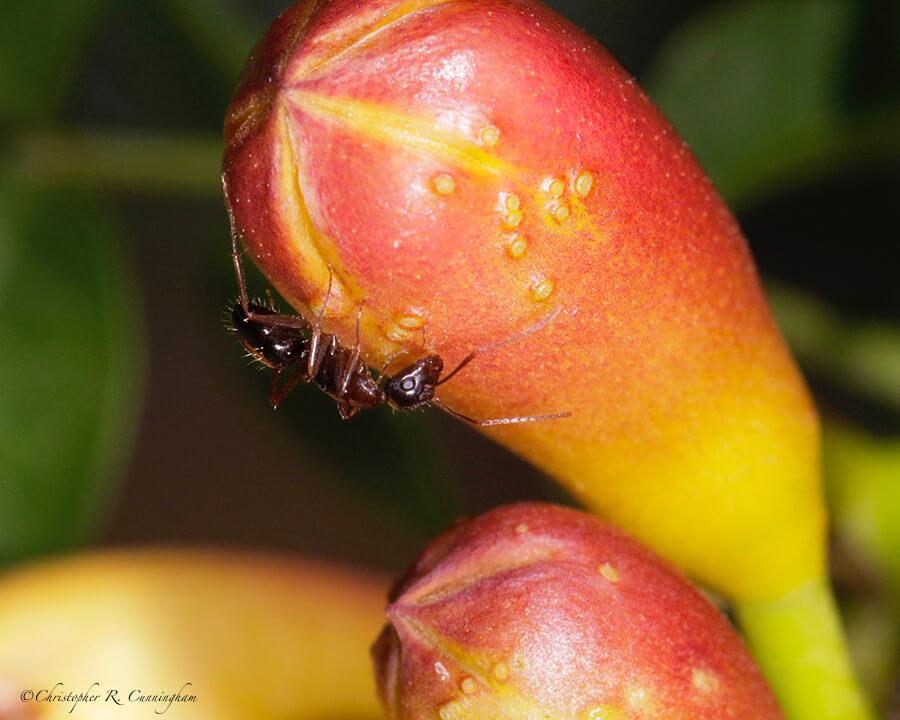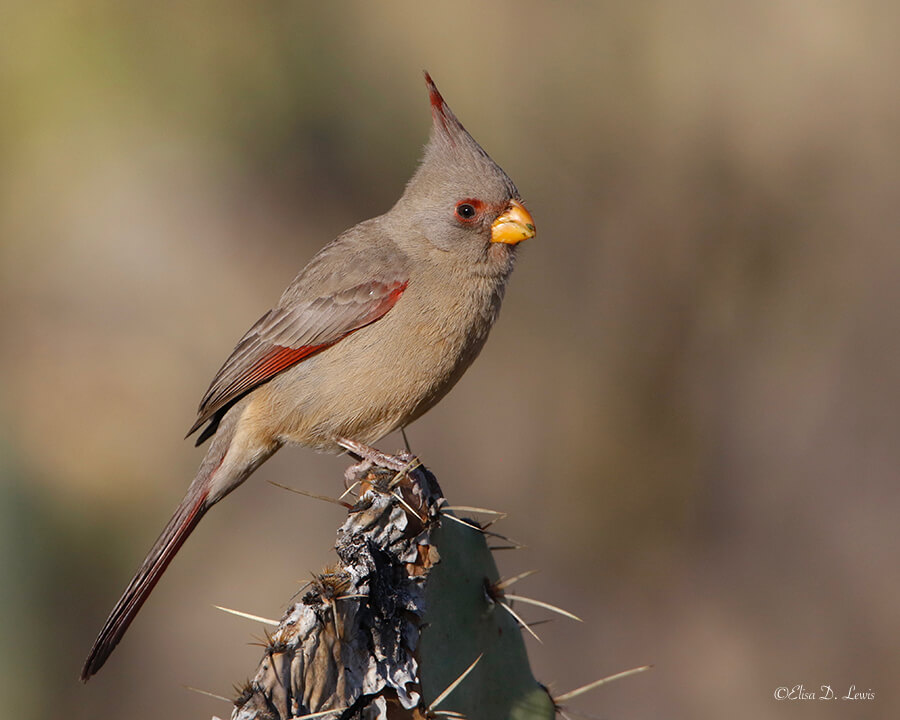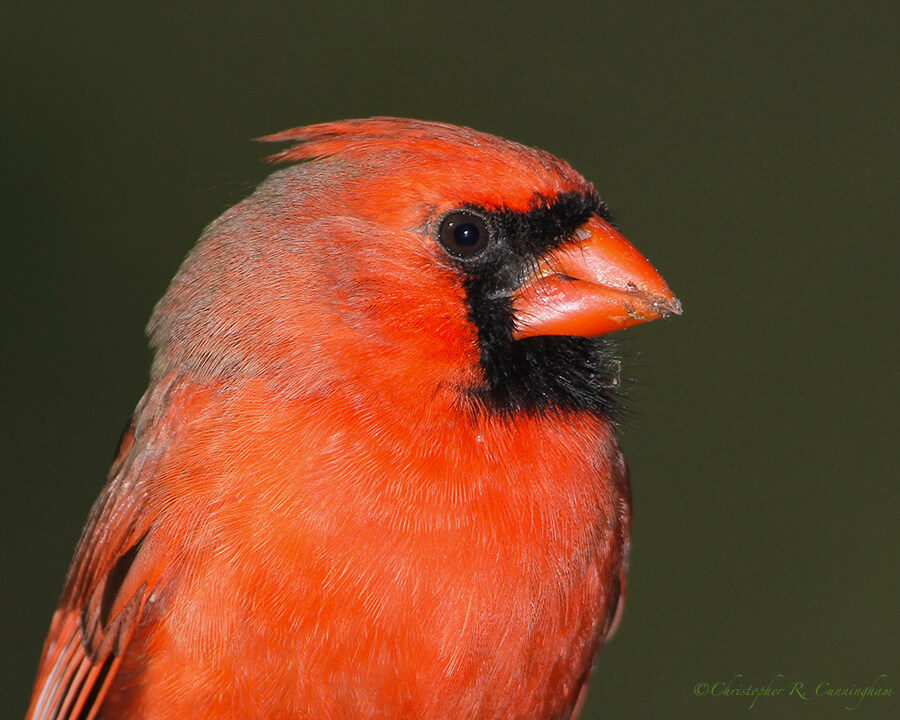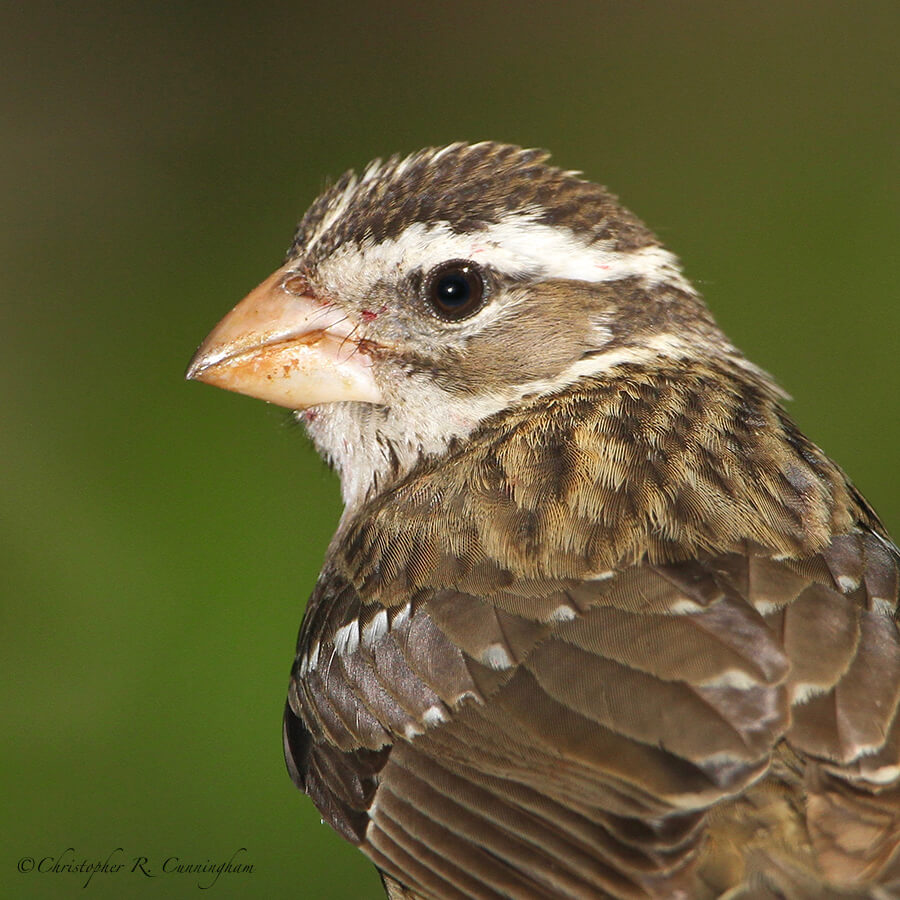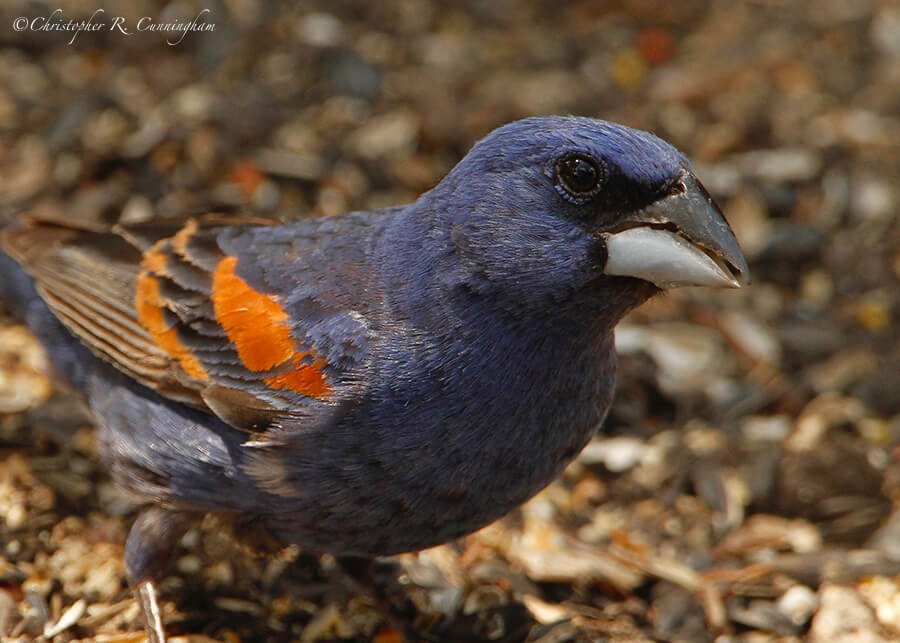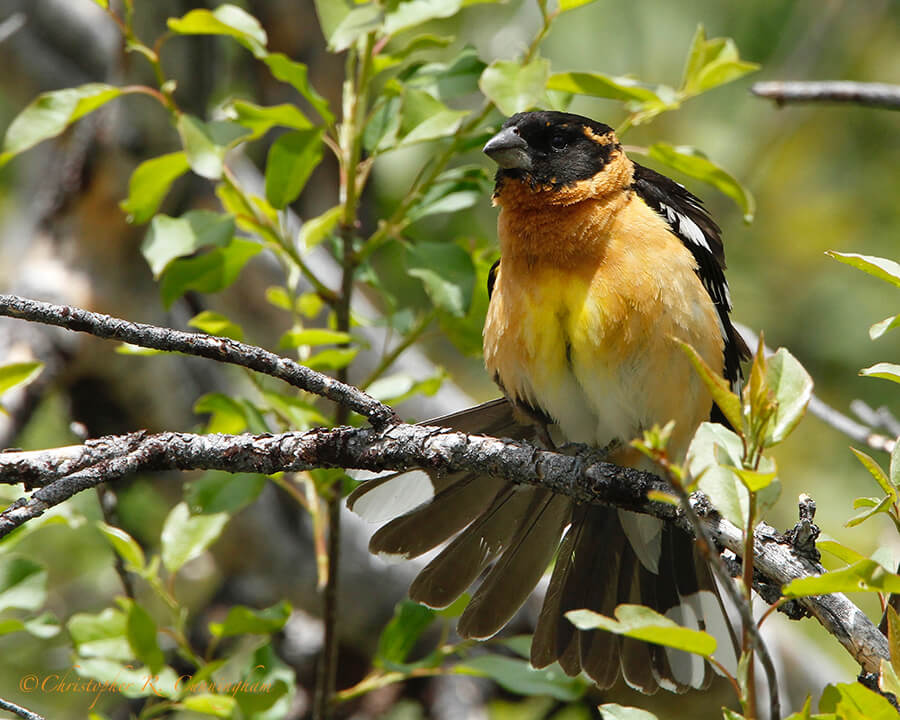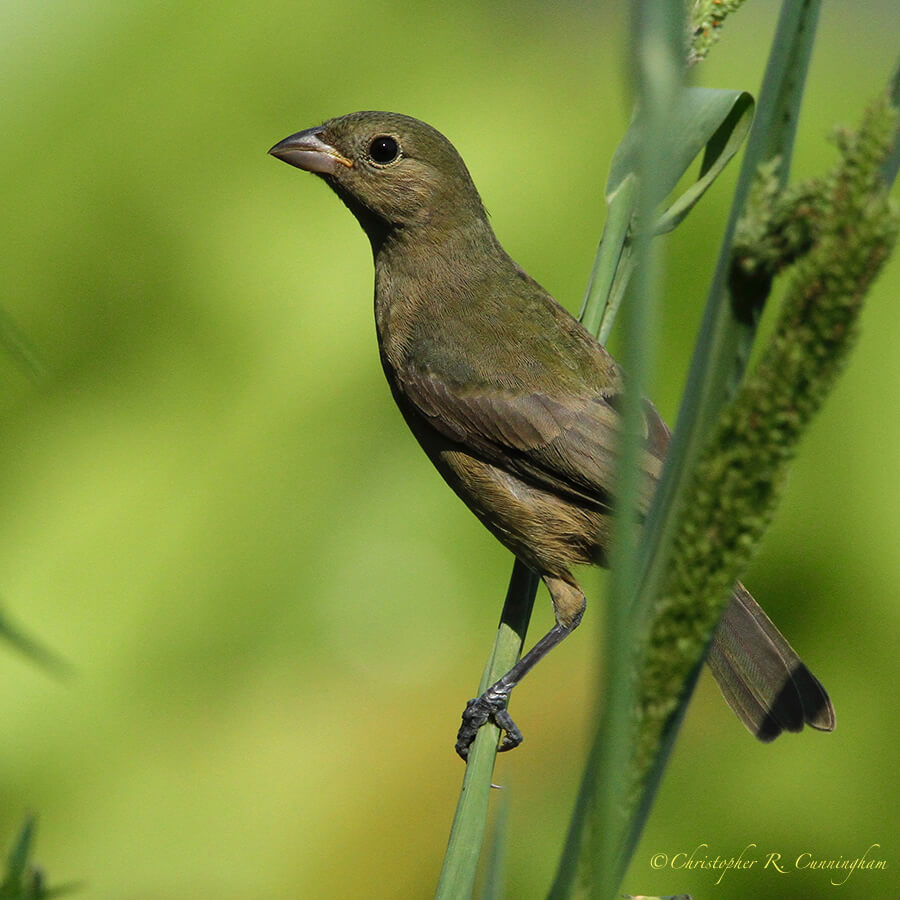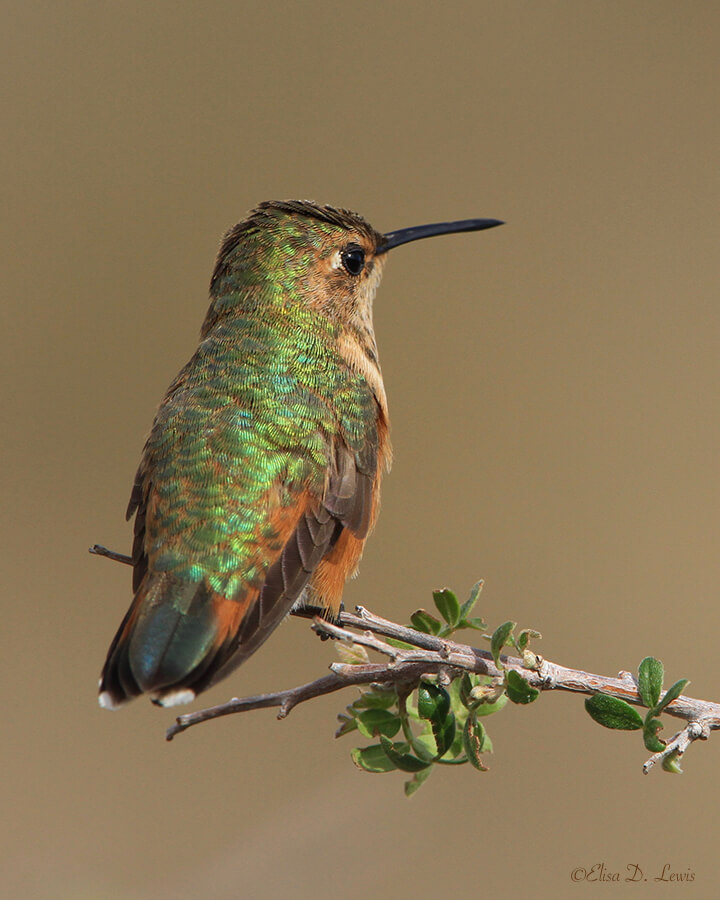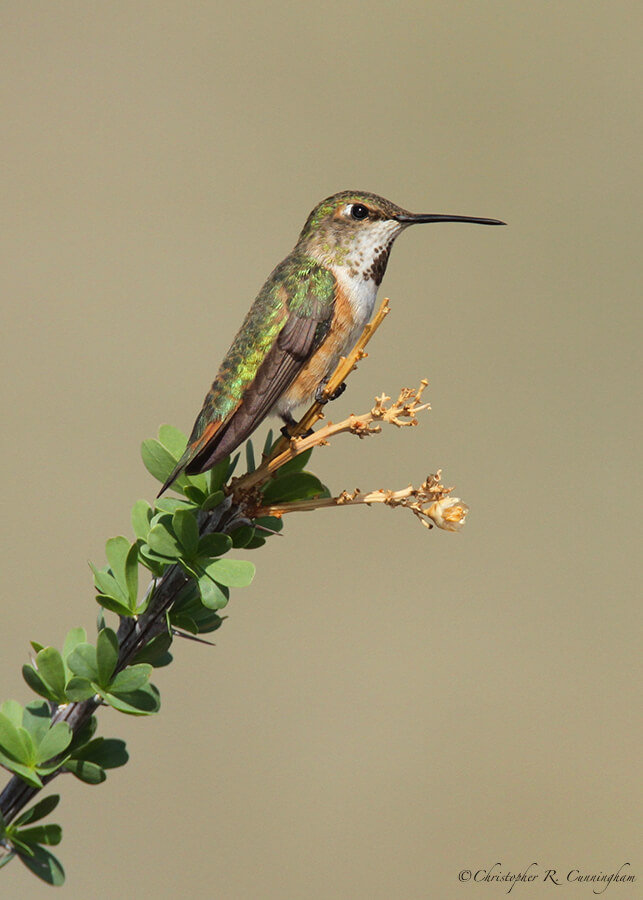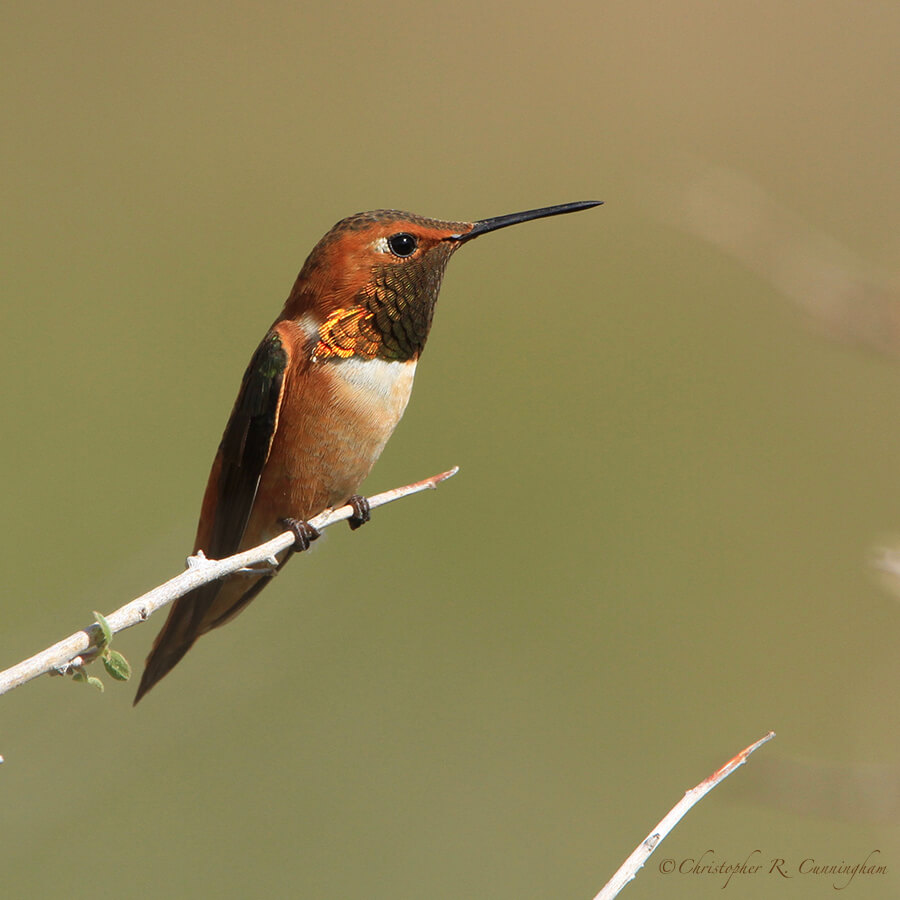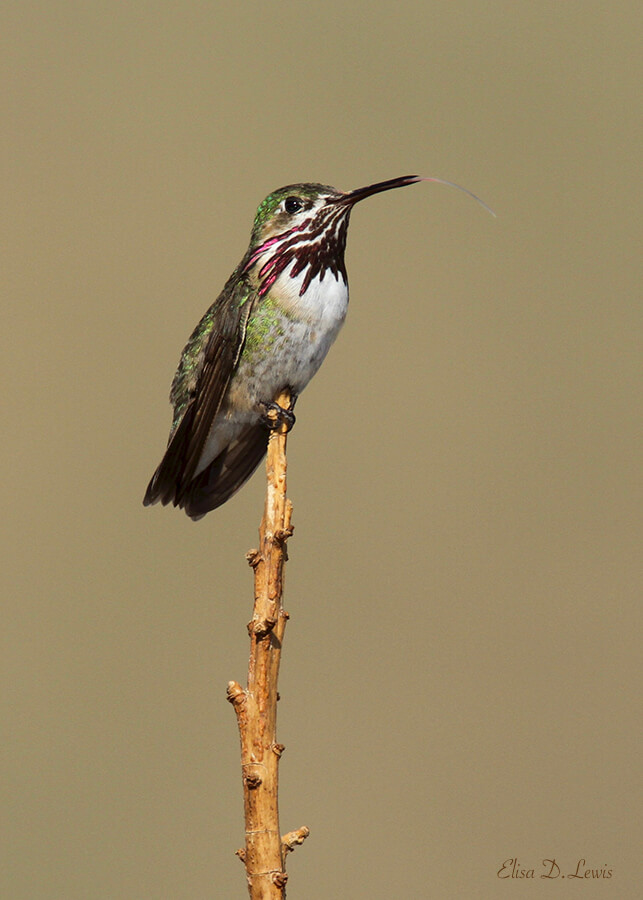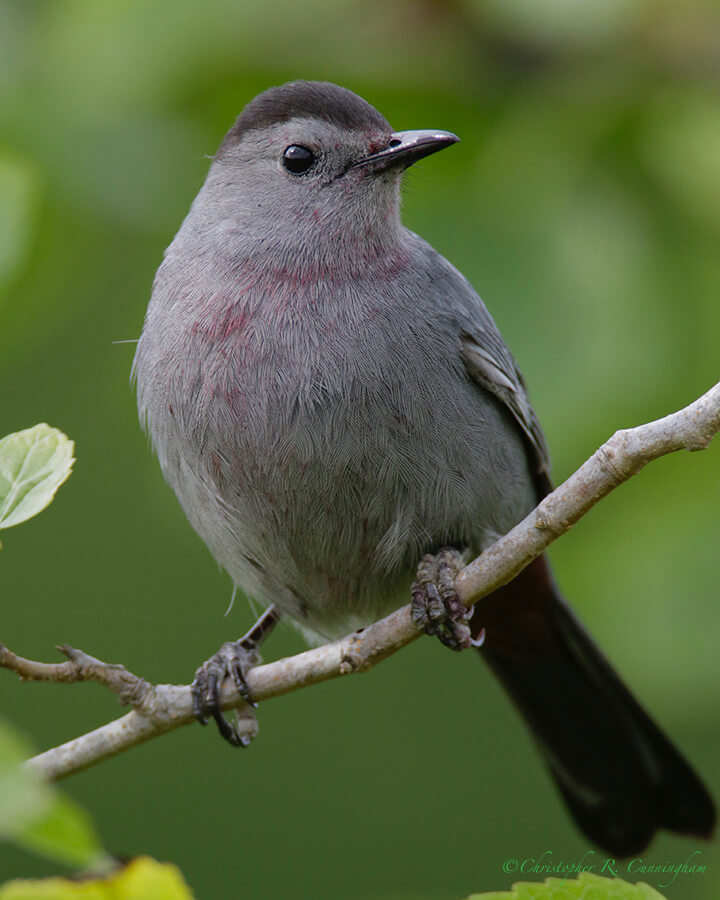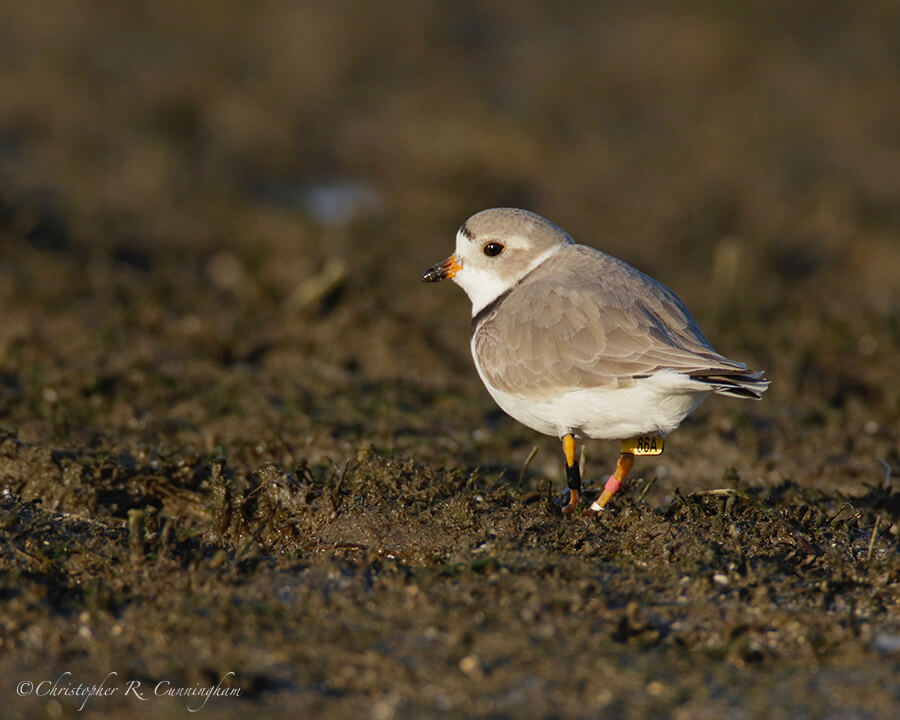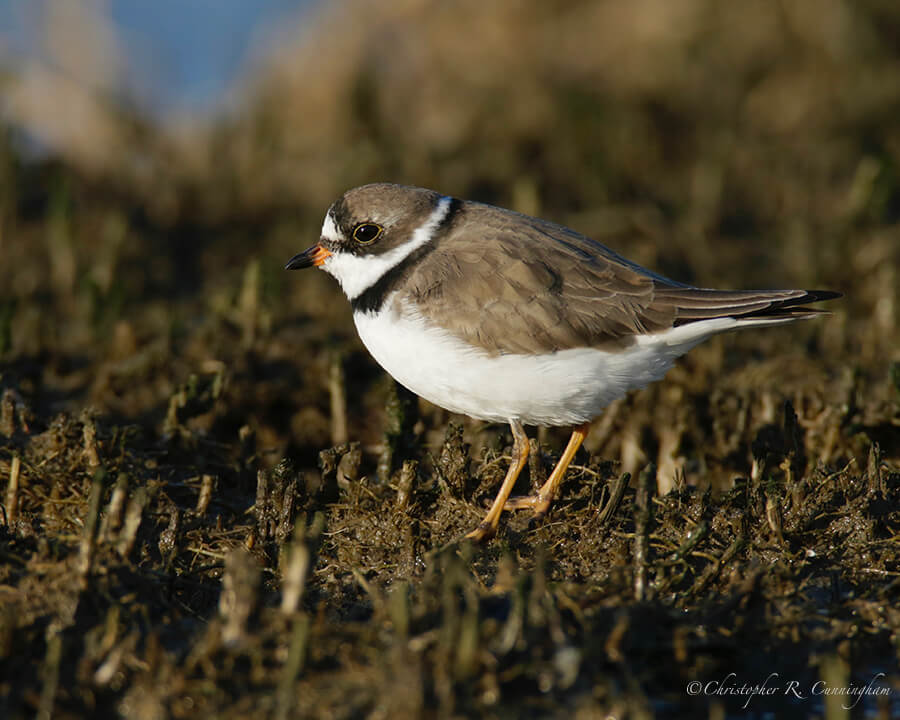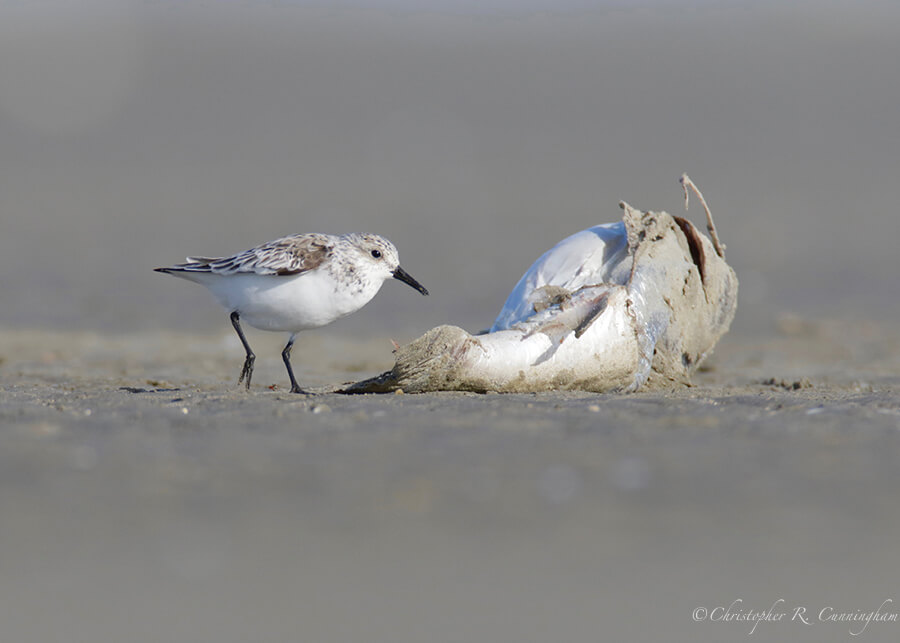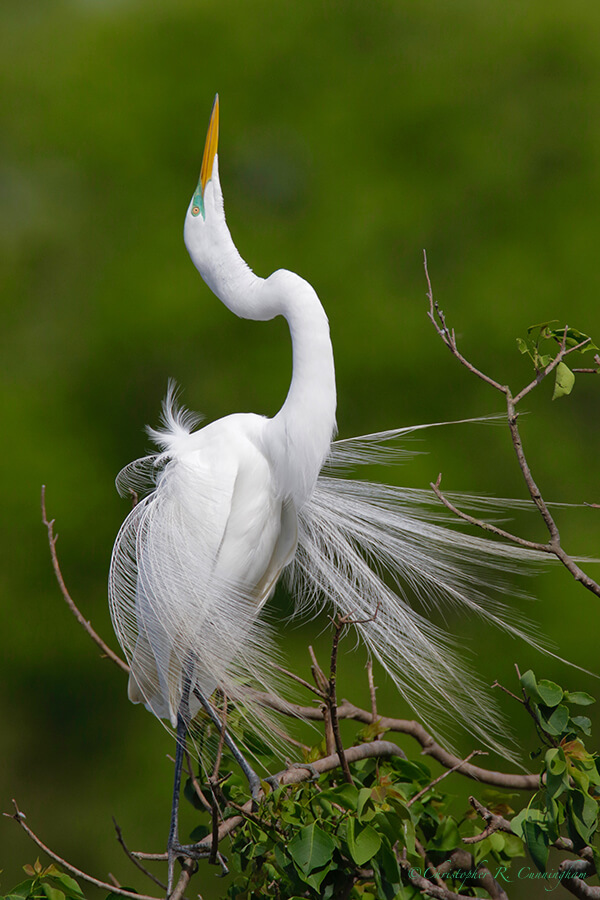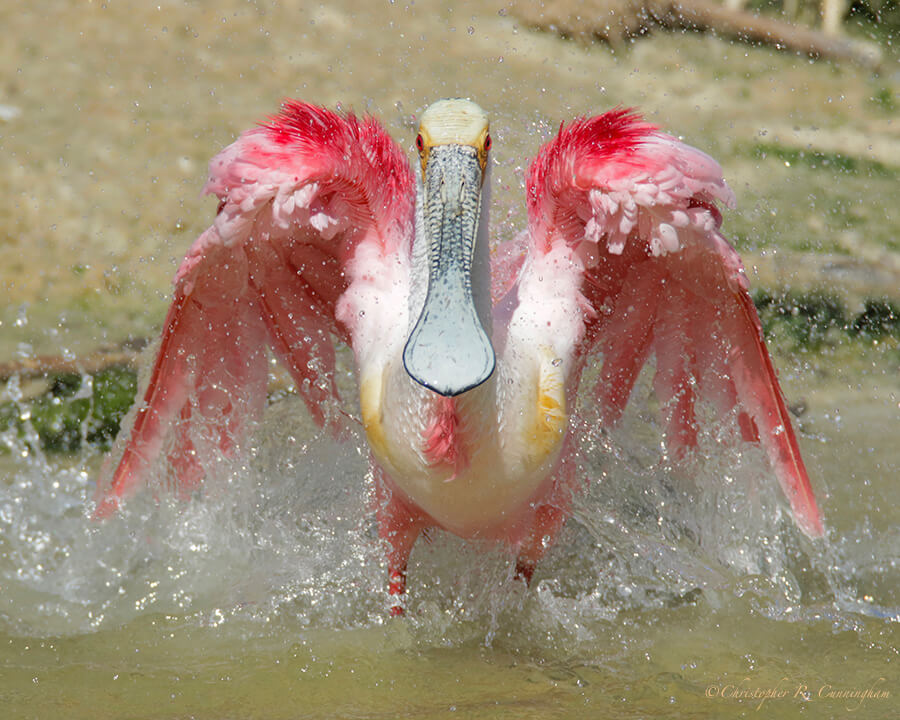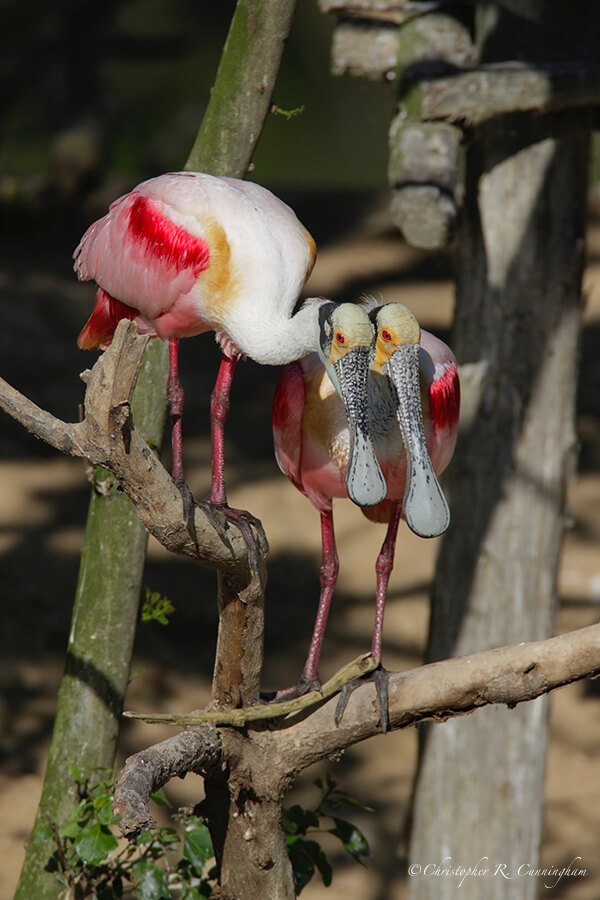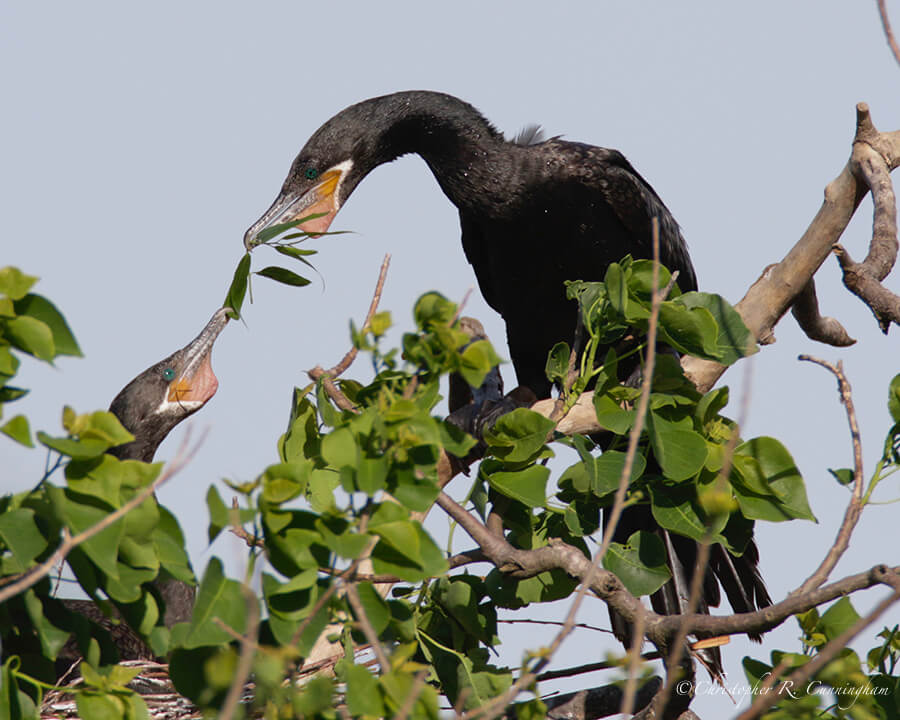Take a course in good water and air; and in the eternal youth of Nature you may renew your own. Go quietly, alone; no harm will befall you. –John Muir
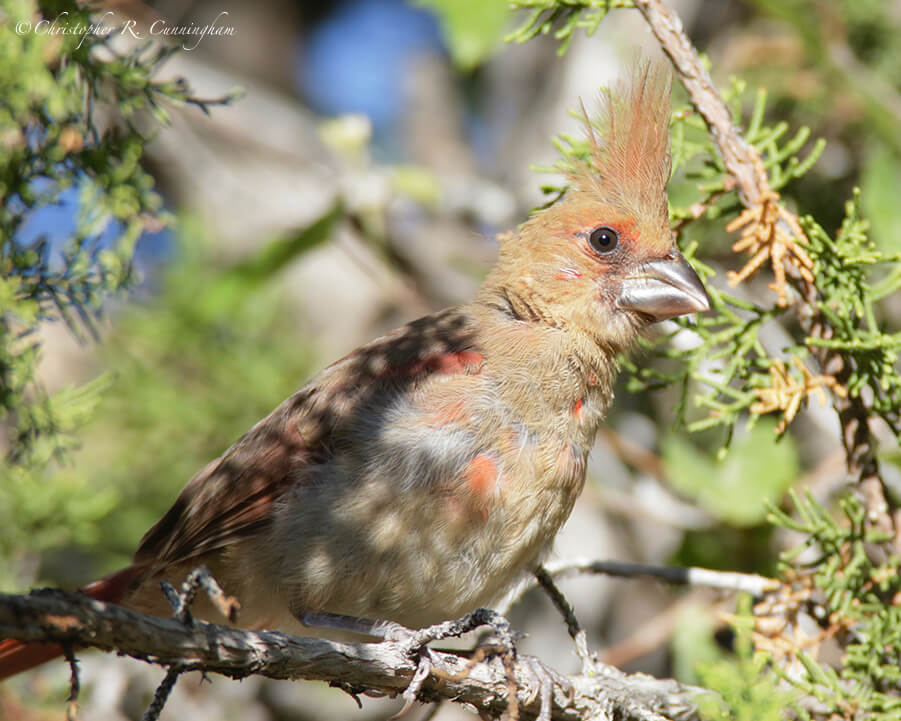
On a blazingly bright morning this week I took a long, hot walk in the Chihuahuan Desert. Signs of the renewal of life were everywhere. Cactus Wrens gathered nesting materials, Curve-billed Thrashers squabbled over territory, and young birds of several species, under the ever-watchful eyes of parents, explored their newly-discovered world . . . .
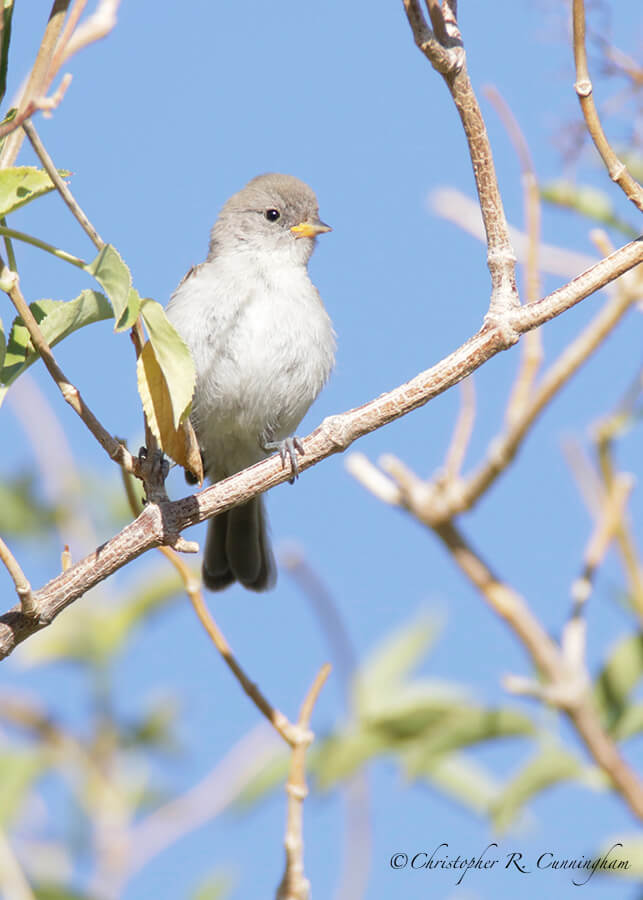
Out on the desert flats, the best hope for photographing birds is to keep an eye on agave or yucca bloom stalks or the tops of prickly pear cacti. Photographing here, though, can be a challenge. In addition to cataract-inducing glare, birds can see you coming from a long way off, and they have thousands of square miles of similar habitat to choose from.
On this trip, an adult monitored and fed a pair of young Western Kingbirds. The fledglings exhibited begging behavior as the adult approached. Occasionally, the adult would call out over the desert. Eventually I pushed my luck too far, and the adult flew off. The young birds flowed a minute or so after.
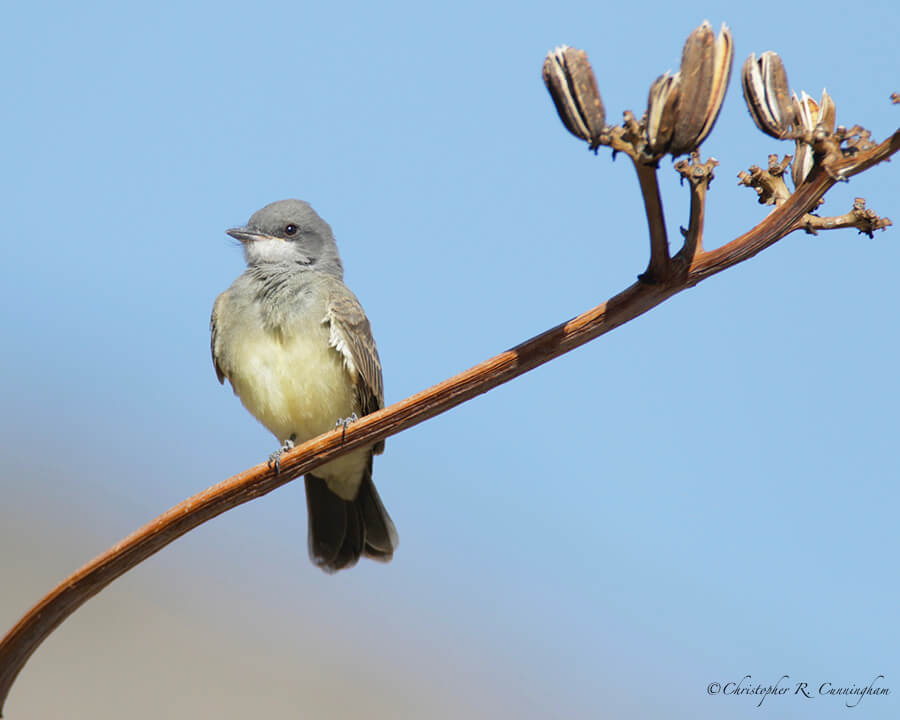
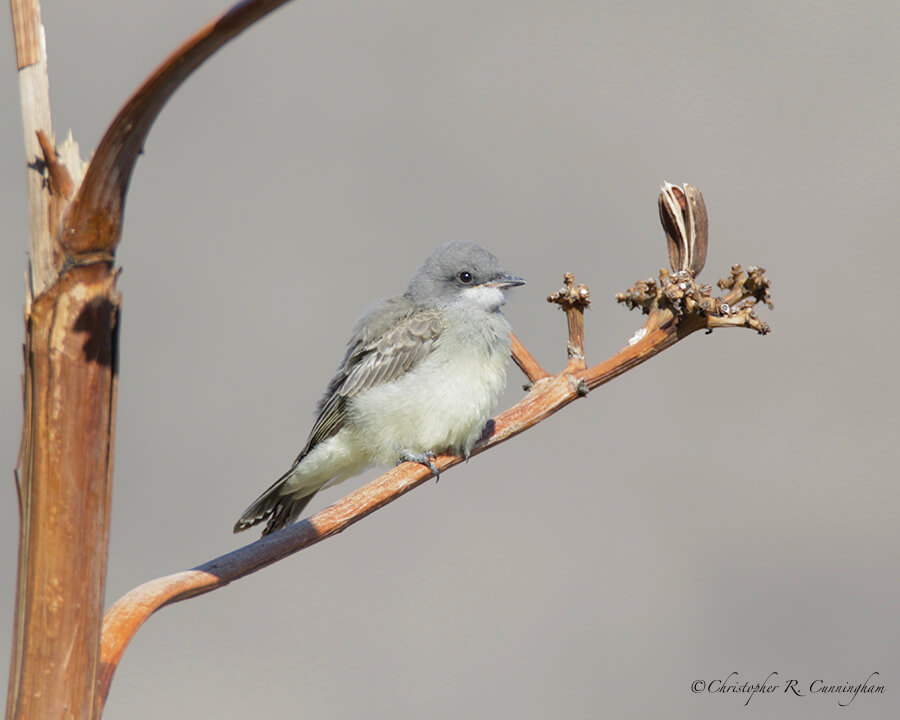
In this same general area, I have seen kingbirds hawking insects in a rather un-flycatcher-like fashion. Rather than grabbing bugs on the wing and returning to a perch to consume them, they swirled and darted in the air while consuming prey, without landing. Beautiful and interesting to observe, but nearly impossible to photograph (at least by me!).
©2018 Christopher R. Cunningham. All rights reserved. No text or images may be duplicated or distributed without permission.
